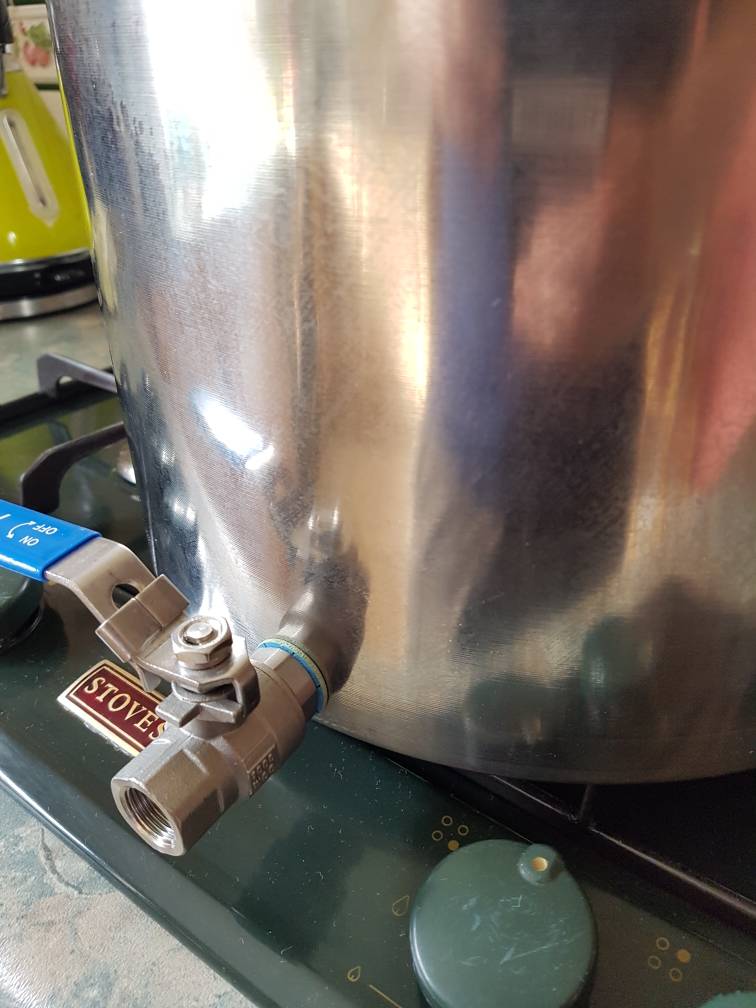You only need ptfe tape to effect a seal, not only can you wrap male threads with it but you can also thread it through the eye of a M20 washer, this reduces its inner hole diameter to seal around the male aspect of the connection as well as forming a nice cushioned soft surface to seal against the pot wall.
the trick to wrapping a washer like this is to transfer the tape off its spool onto a smaller 'bobbin' you can thread through the washer, i found a burgerking drinking straw is a snug fit onto a philips screwdriver bit which when inserted into an electric screwdriver can be used to wind ptfe tape onto the drinking straw, go slow and build up a good ammount of complete unfrayed tape on the straw, once its almost too big to pass thru the washers eye use scissors to snip off the straw either side of the tape. after you have coated the washer 1-2x you will start to capture a bit of air with the wraps and the tape will start to form soft cushioned surfaces, keep wrapping ...
with the set up pictured above i would wrap both washers as pictured above and the taps male thread all the way to its hilt/shoulder, the washers should be wrapped until you need to shove them over the male thread as long as you can shove them on far enough to engage the lock nut you can use the locknut to wind up the connection and effect a good heat and foodsafe cheap seal solution that has yet to fail..
This is a fil-bastardisation of a US distillers take on the everlasting gasket which is a heavy ptfe wrap around a card template. such seals are used where the materials you can use safely are limited, under compression and heat the ptfe seals against itself and becomes rigid sealing both the joint its used for and its card core within its centre. fwiw ive been using everlasting gaskets for years with 2" (64mm flange) triclamp fittings..
you could make everlasting gaskets to seal your pot i was going to do this myself when i wondered why not use the thrust washers instead of a card template, and it simply just worked









